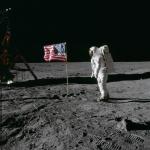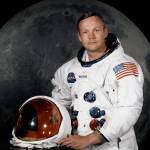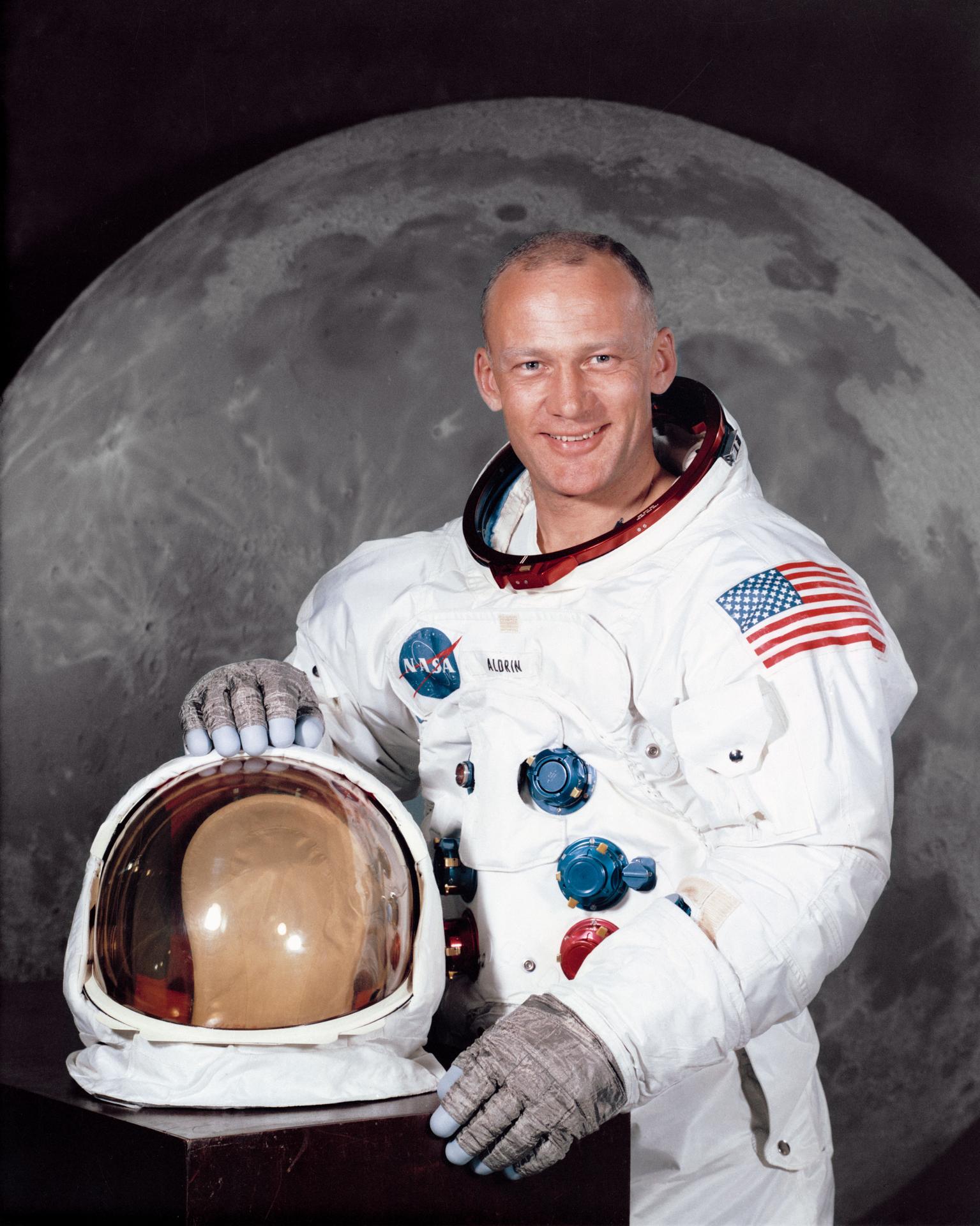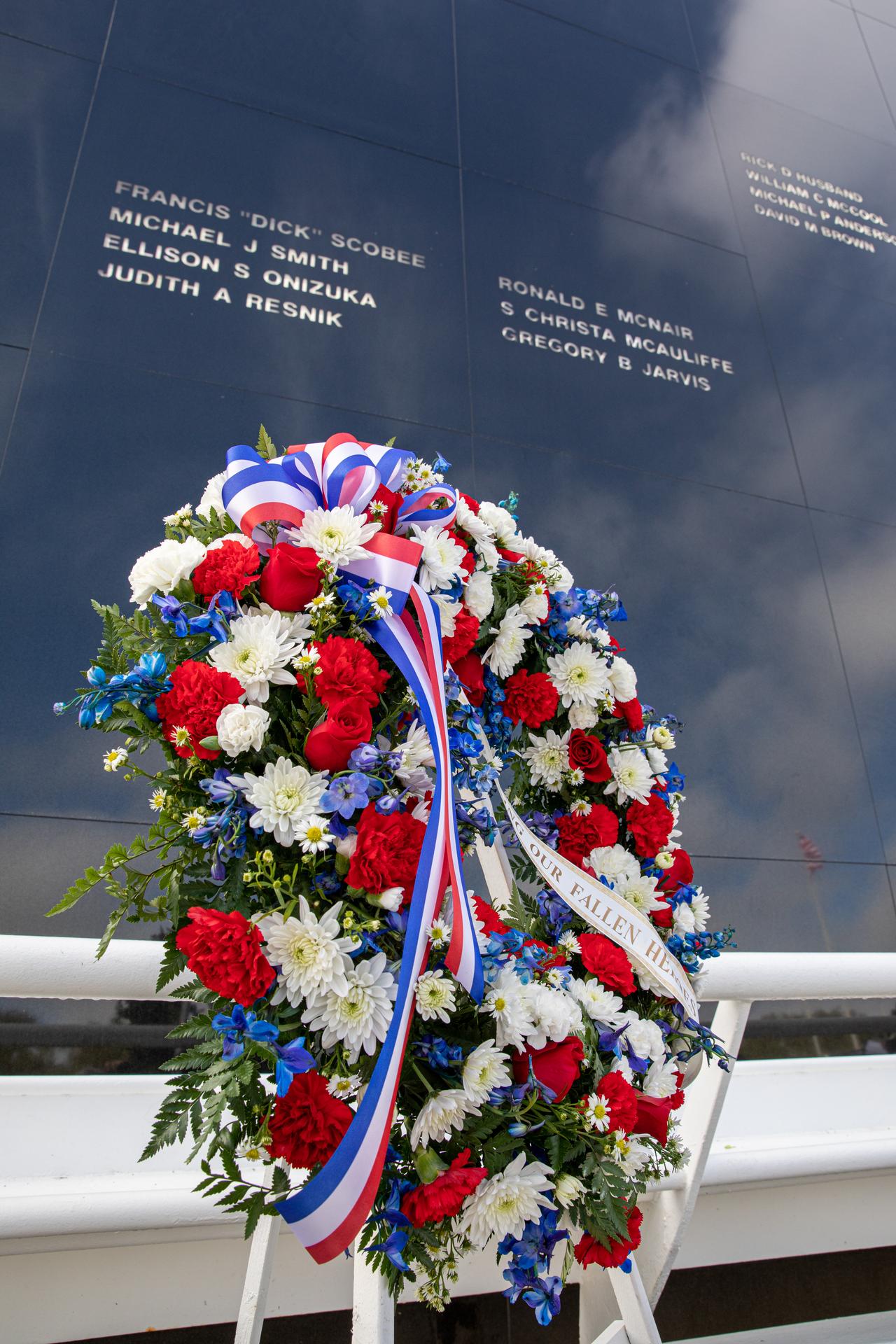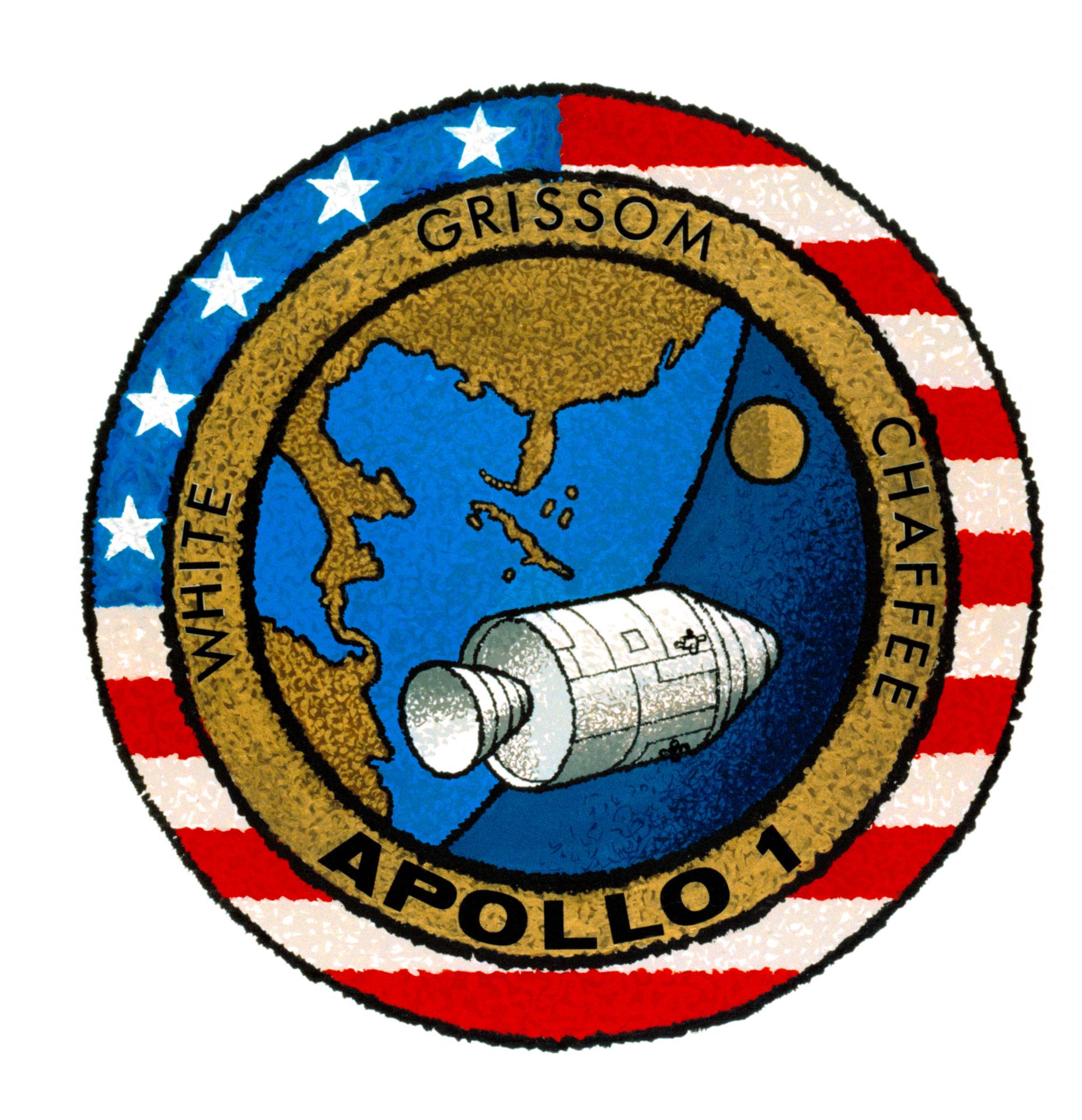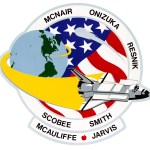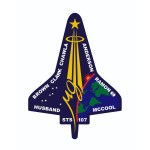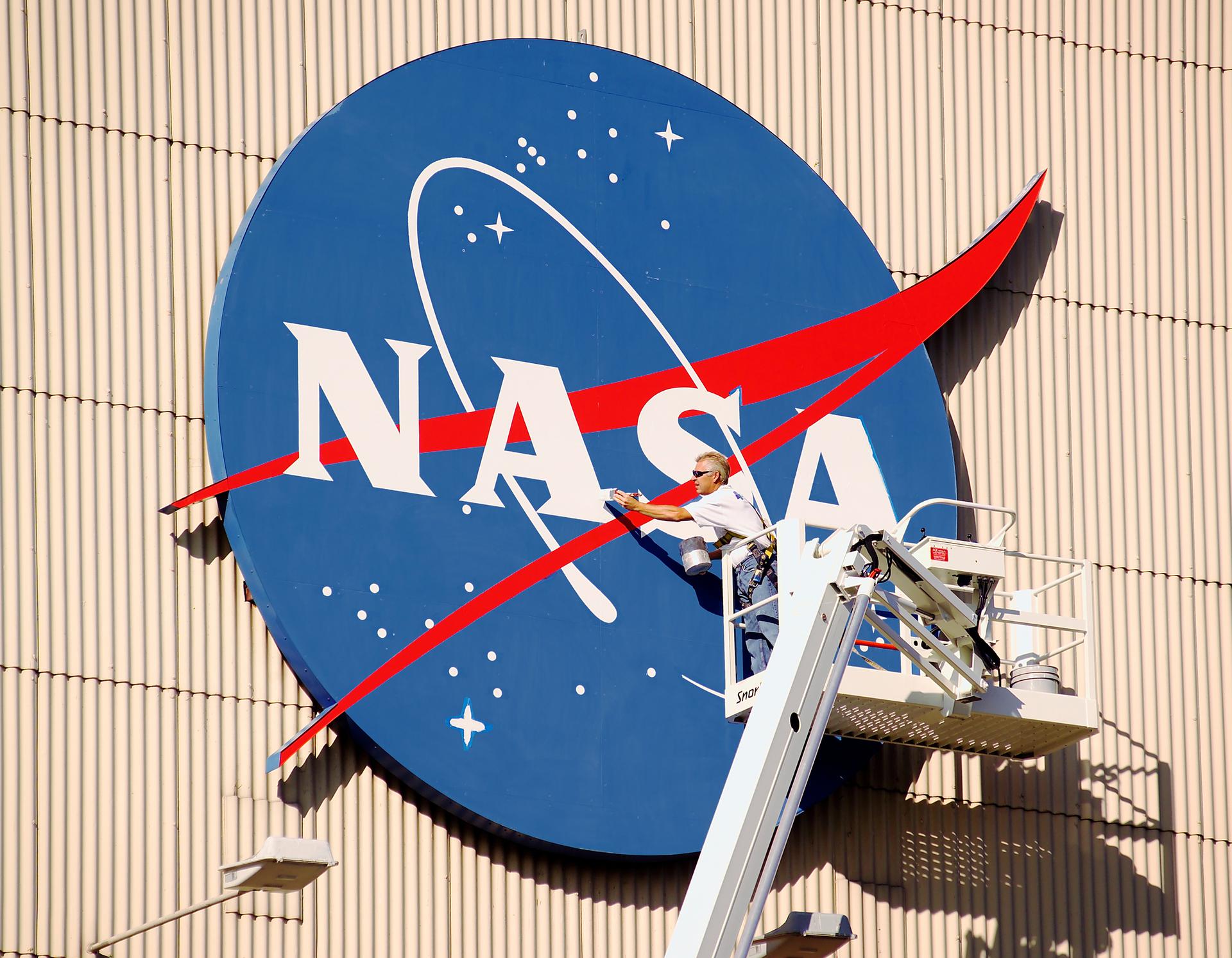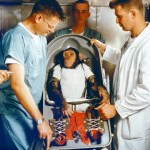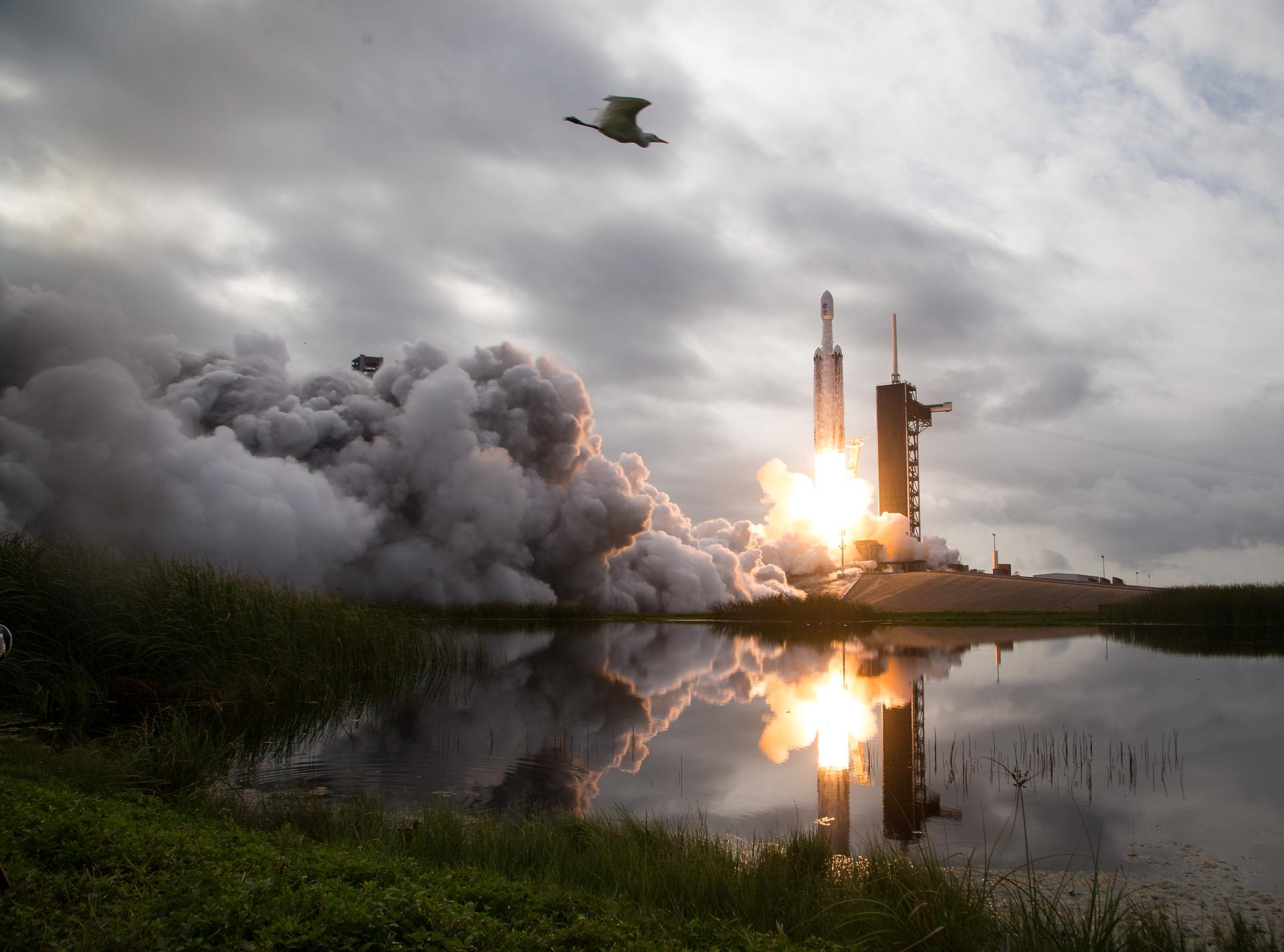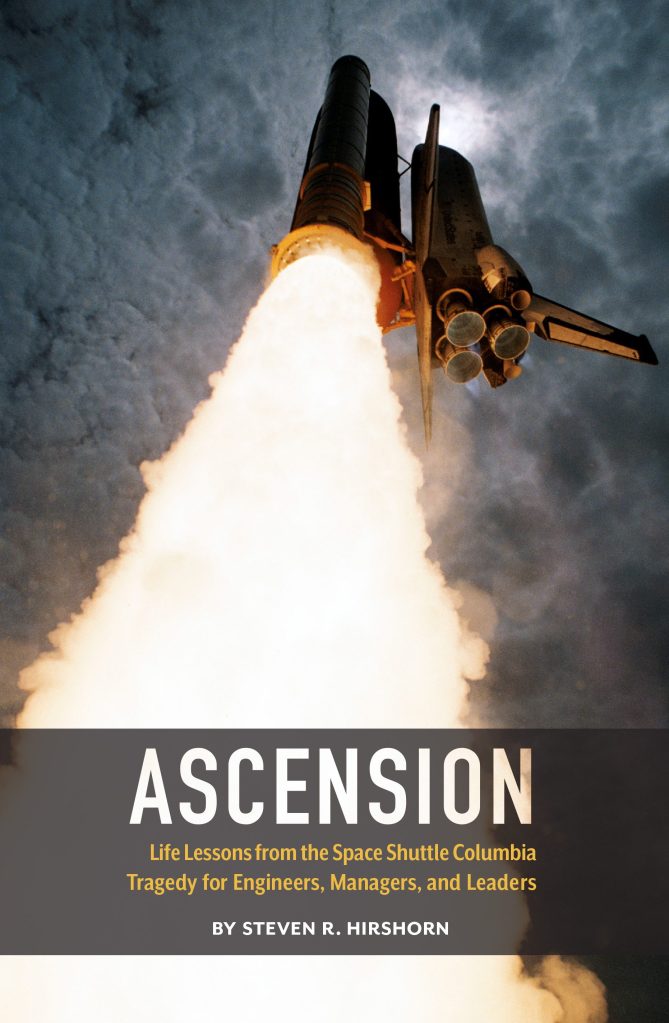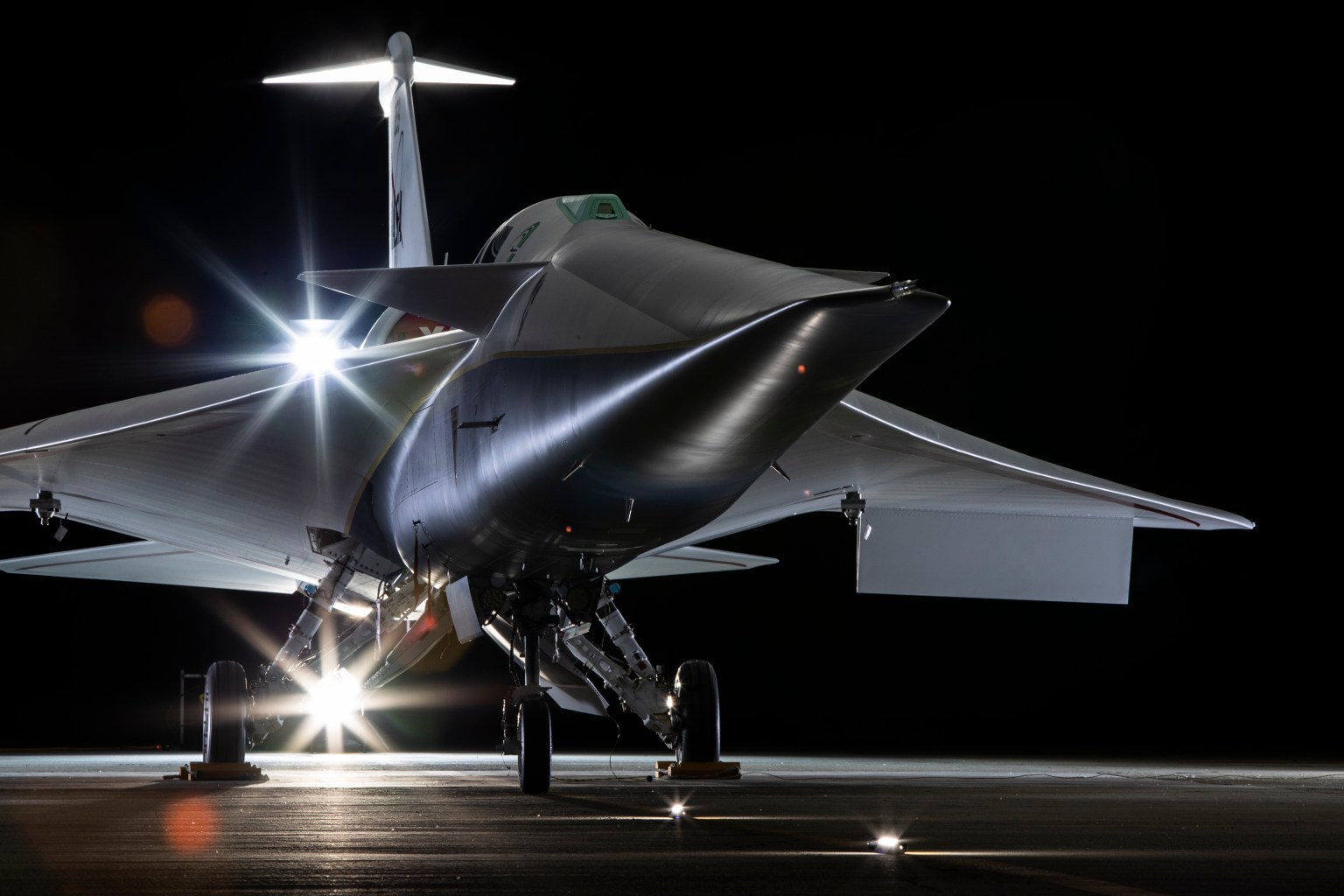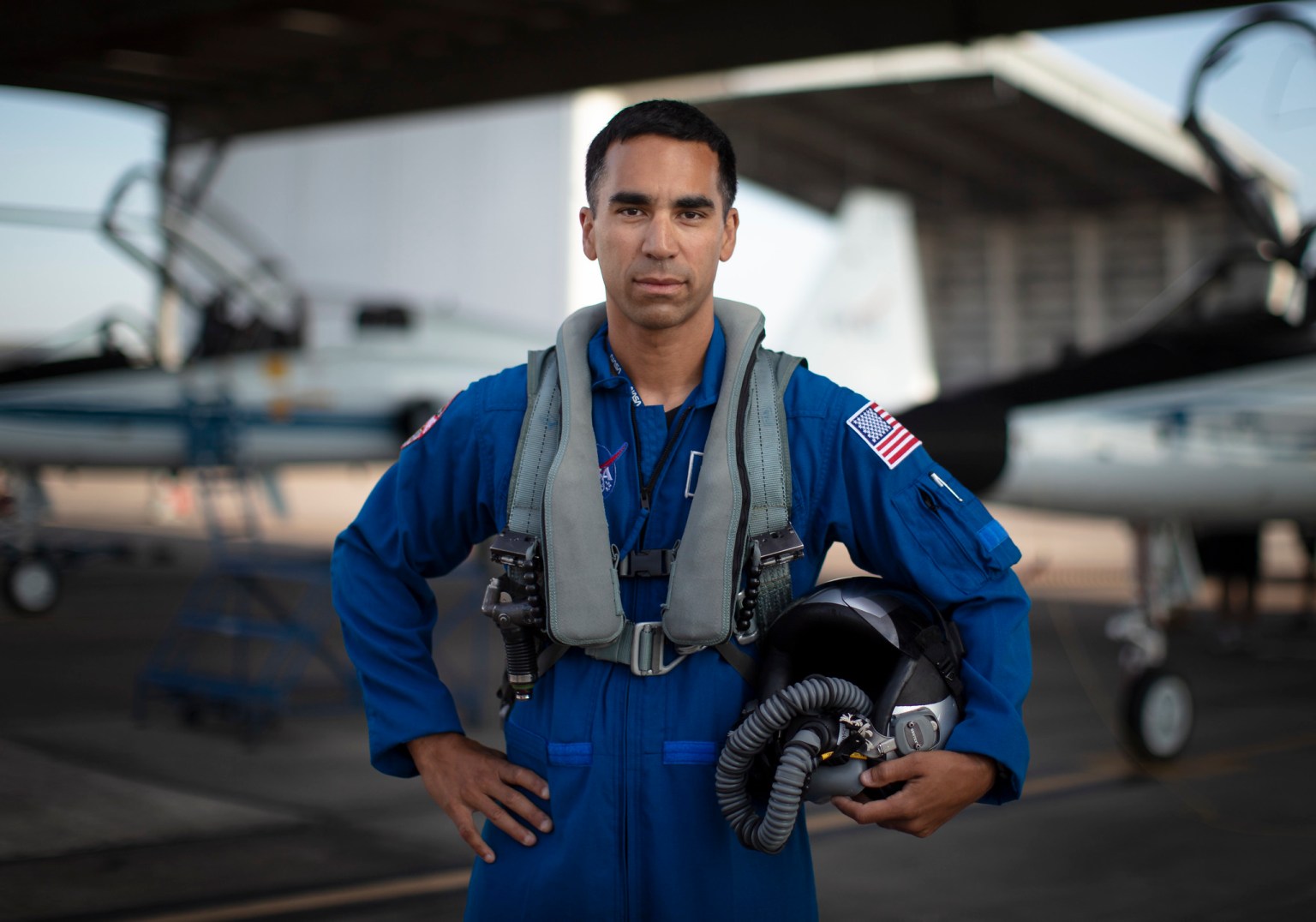Popular Topics
67 Years of Aerospace Exploration
Forged in response to early Soviet space achievements, NASA was built on the National Advisory Committee for Aeronautics (NACA), as the locus of U.S. civil aerospace research and development. Since October 1, 1958, when NASA opened for business, it has accelerated work on human and robotic spaceflight, and is responsible for scientific and technological achievements that have had widespread impacts on our nation and the world.
Discover Our History about 67 Years of Aerospace Exploration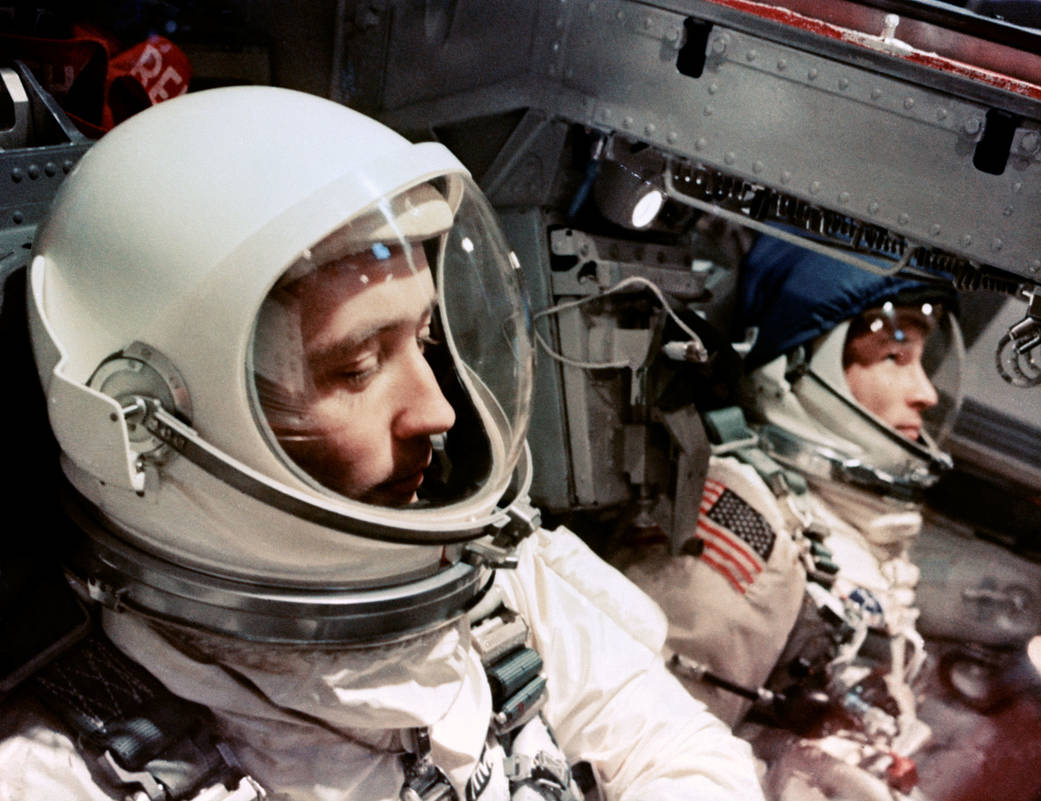
Dive Deeper
Explore interviews with aerospace legends, analyses of key events, aerospace chronologies, and more!
Since NASA’s founding, its History Office has developed history publications and conducted oral history interviews for the use of the general public. Connect with our resources to delve into your aerospace history research.

The NASA History Office
The National Aeronautics and Space Act of 1958 not only created NASA but directed it “to provide for the widest practicable and appropriate dissemination of information concerning NASA activities and the results thereof.” The sharing of information, including our history, has always been, and continues to be, a priority.
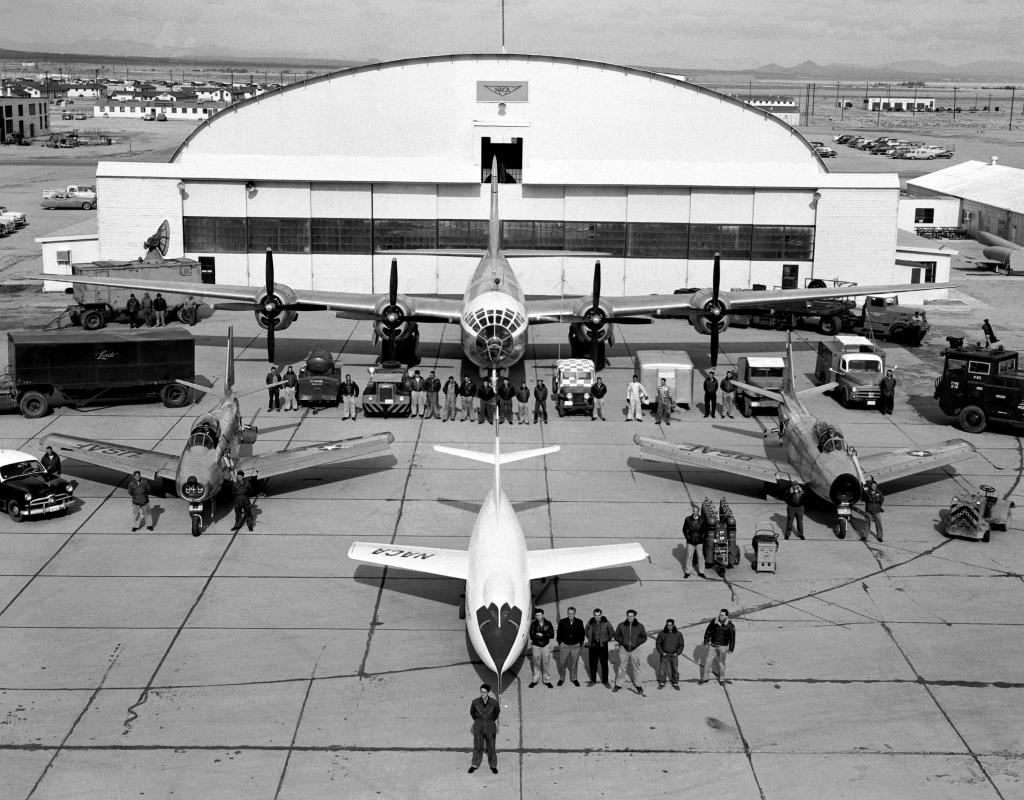
Preserving Our History
And making it accessible to future generations
The NASA Archives works to preserve and provide access to historically and culturally significant records and material created by NASA, including our work in the fields of engineering and science, ensuring that they will be discoverable for generations to come.































